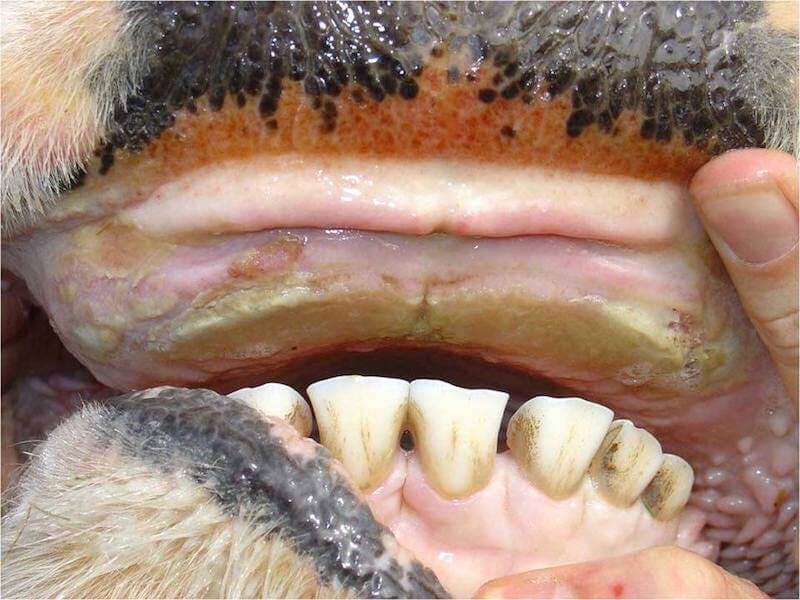
Understanding Bluetongue in Cattle and Other Ruminants
Bluetongue in Cattle and Other Ruminants
Bluetongue is a viral disease primarily affecting domestic and wild ruminants, including cattle. It is transmitted by certain Culicoides midges and is prevalent in various regions globally. Understanding the key aspects of bluetongue is crucial for effective management and control.
Etiology and Pathogenesis
Bluetongue virus (BTV) belongs to the genus Orbivirus in the family Reoviridae. The virus is transmitted through the saliva of infected biting midges. Once infected, the virus spreads locally, leading to viremia and systemic dissemination. This results in endothelial damage, hemorrhage, tissue edema, and other pathological changes.
Epidemiology and Transmission
There are multiple serotypes of BTV globally, with distribution linked to Culicoides vector species and environmental conditions. Vectors become infected by feeding on infected vertebrates. Mechanical transmission by other bloodsucking insects is minimal. In cattle, prolonged viremia can facilitate year-round transmission, especially in regions with short vector-free periods.
Clinical Findings
Clinical signs in cattle with bluetongue are rare but may include fever, respiratory symptoms, oral lesions, dermatitis, and reproductive issues. In sheep, the disease is more pronounced, with vascular endothelial damage leading to characteristic clinical signs like edema, oral lesions, lameness, and wool abnormalities.
Diagnosis
Diagnosis involves clinical evaluation, postmortem examination, virus identification, and serologic testing. Clinical signs, along with necropsy findings and laboratory tests, aid in confirming bluetongue infection.
Treatment and Control
There is no specific treatment for bluetongue, with supportive care and good husbandry practices being essential. Prevention is primarily through vaccination, where available, and vector control measures. Vaccination strategies vary based on endemicity and circulating serotypes.
Conclusion
Bluetongue poses a significant risk to cattle and other ruminants, with potential impacts on health and productivity. Effective disease management requires a comprehensive approach, including vaccination programs, vector control, and ongoing surveillance.
For More Information
